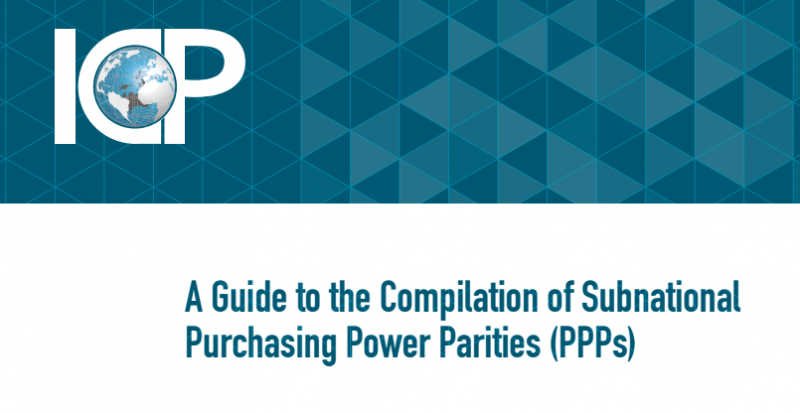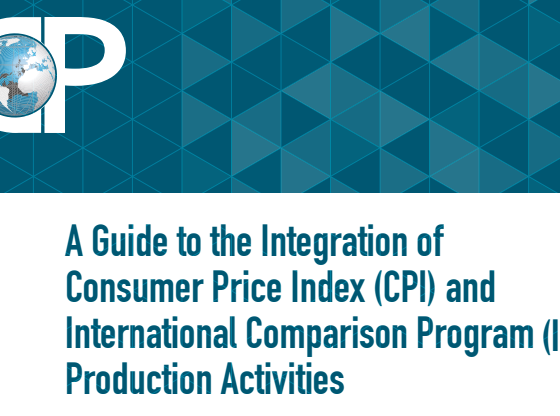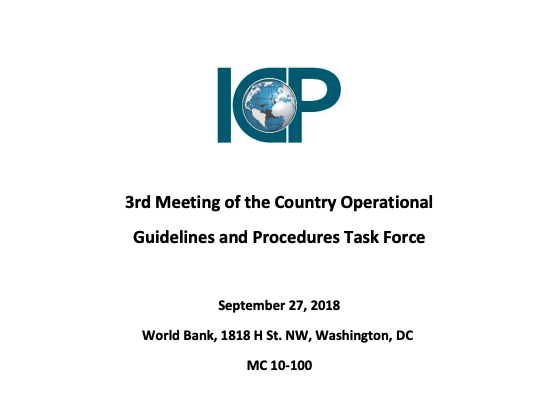The purchasing power parities (PPPs) and real income comparisons from the International Comparison Program (ICP) are well established and have been used by researchers, policy makers and international organizations for over three decades. It is also well recognized that in many countries there can be variation in price levels across different areas within the country (states, regions, provinces, etc.).
Policy makers and researchers interested in the nature of subnational development processes—such as assessing intra-country inequality and the incidence of poverty and analyzing catch-up and convergence and productivity performance of different areas within the country—may find country-level PPPs from the ICP to be of limited scope and applicability, as these PPPs are broad economy-level measures designed to facilitate cross-country comparisons. As such, ICP PPPs cannot inform the user when it comes to comparisons of entities which are subnational, because they are not designed to capture such subnational price level differences. Hence, what is needed in such instances are measures of price level differentials across regions or cities within a country – pointing toward the need for PPPs or spatial price index numbers at a subnational level.





